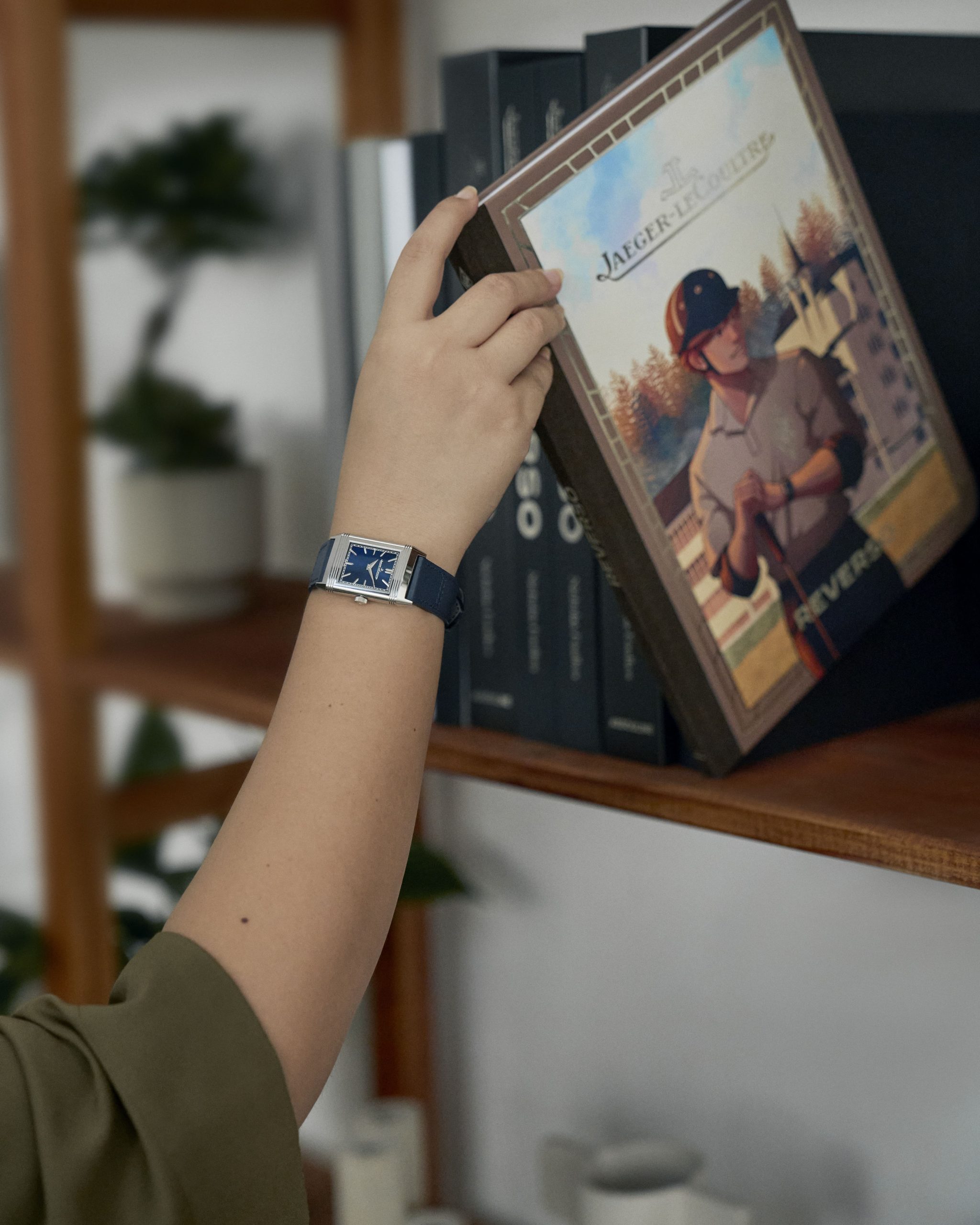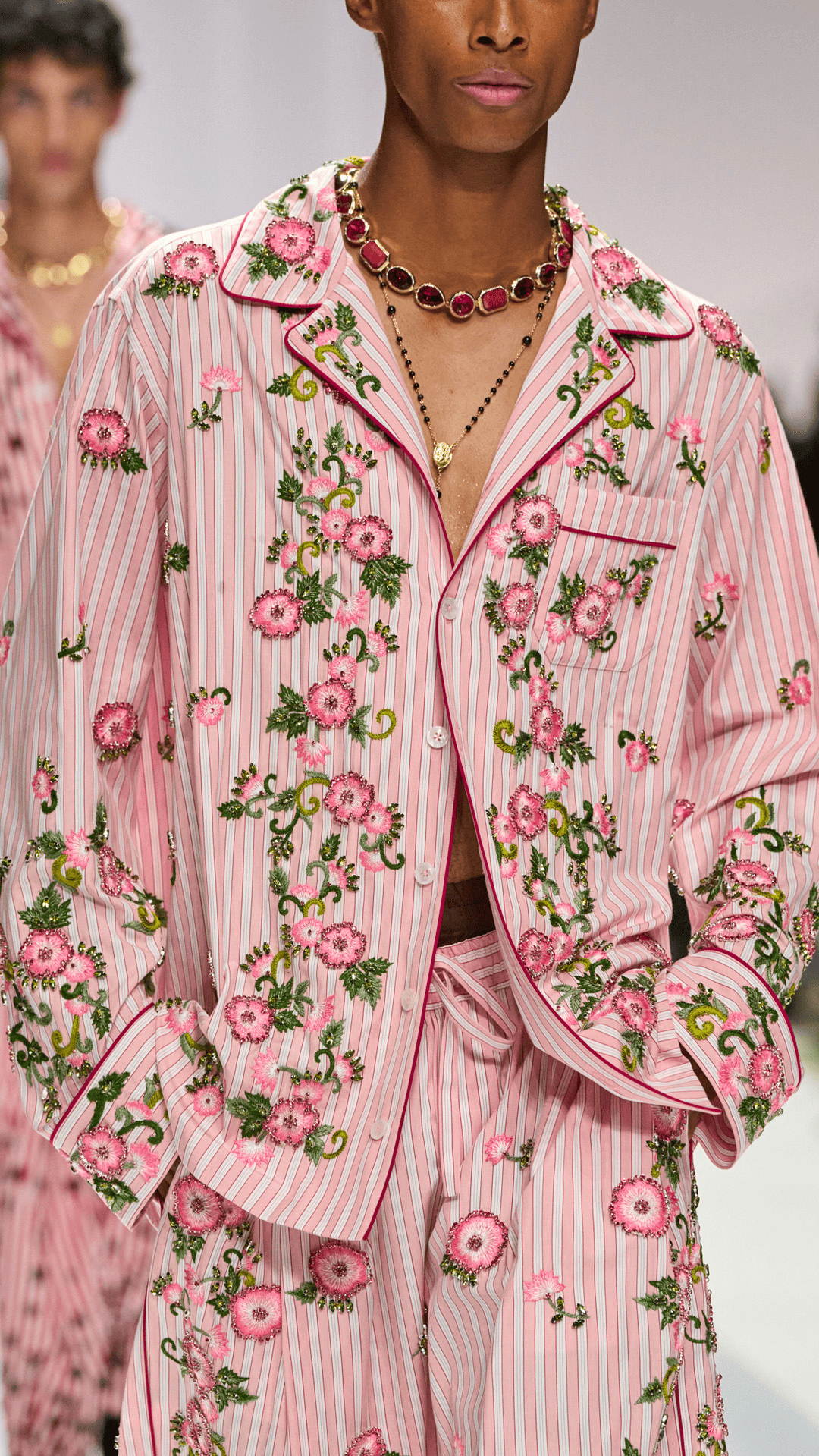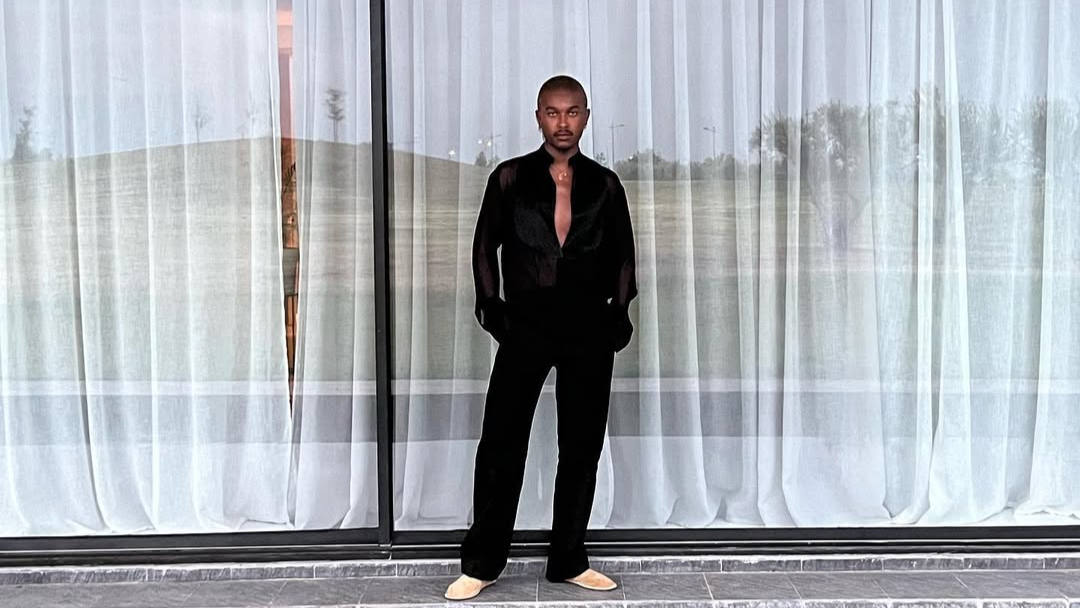It’s official: Fiata makes the best pizza in town. Chef-founder Salvatore ‘Sasà’ Fiata talks to Stephenie Gee about how he got here, what makes a good pizza and why arrogance is his key to success
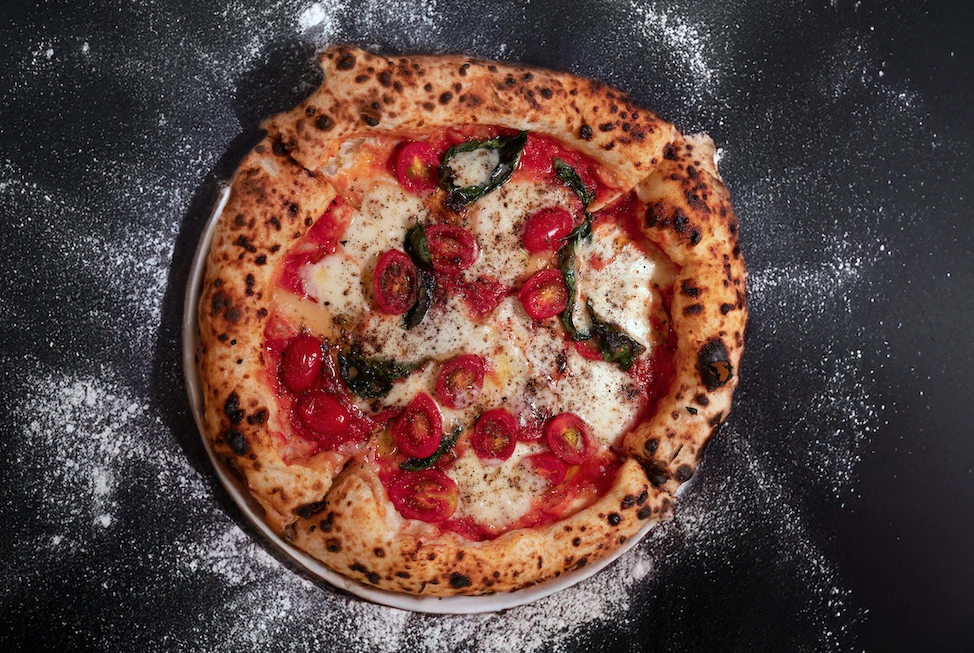
There’s no such thing as bad pizza, so the saying goes, but all pizza is not created equally. Small, large, round, square, thin crust, thick crust, stuffed crust, extra toppings – pizza is both a canvas and the artwork itself, a golden ratio of carbs, dairy and tomatoes, upon which artisans from around the world have left their mark. But if you want the best, Fiata is where you go.
That’s according to the 50 Top Pizza Asia-Pacific 2025 ranking, where it claimed third and the coveted title of the best pizzeria in Hong Kong. Founded in 2017 by a group of Italian food journalists, the list – on which Fiata has had a place among the top 10 since just eight months after its opening in 2022 – is considered the equivalent
of the Michelin Guide of pizzerias. “I was very excited that first year when we came in at number eight because I didn’t expect to be on the list already. Then the next year we were number five, last year number four and now number three. And this means a lot to me,” founder Salvatore “Sasà” Fiata tells me when we speak on his day off just days after the awards ceremony in Tokyo.
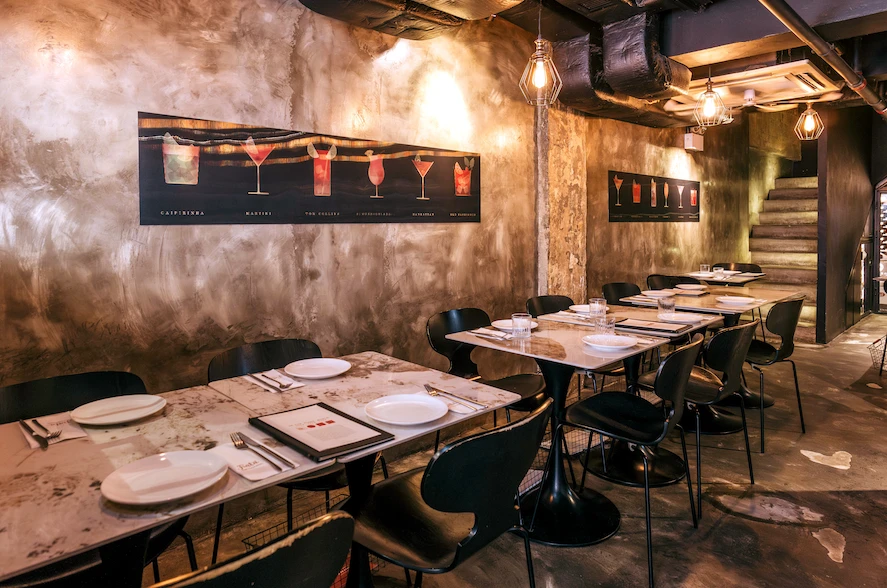
“I wake up early in the morning every day for this. I work on my birthdays and on Christmas. This is my life, basically. So I’m very happy that so many people love and appreciate my pizza, and that they give me an award for it. It’s not about the money, it’s not about the marketing – it’s just me.”
Born into a family of pizzaiolos for three generations in Caserta, a small town near Naples – the birthplace and spiritual homeland of pizza – Fiata had his first encounter with pizza-making during a summer job at his uncle’s pizzeria in London. “I started off working at the bar because I had experience doing that in Italy, but one day my uncle needed extra help in the pizza kitchen. I was doing only the basic stuff like cutting at first. Then, as a joke, I decided to try and make a pizza, and I was actually kind of good. I kind of knew already what to do because I used to watch my father, who was also a pizza maker. My uncle realised too that I was good, so after that day he put me in the pizza kitchen for the rest of the three months. By the end of it, I learned more than the basics and I returned to Italy with a love for making pizza,” he recalls.
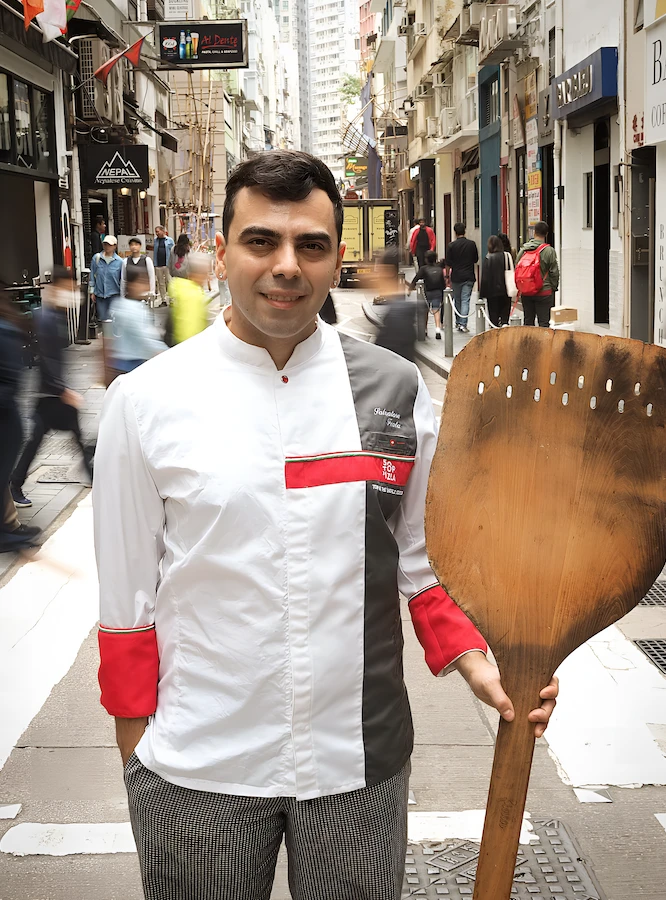
Fiata took it upon himself to learn about the craft, enrolling in the Pizza Italian Academy in Naples. After graduation, he found work with a small gastropub in London. There he stayed six years, working his way up the ladder to senior sous chef as he refined his own sense of pizza perfection. Inspired to grow, he returned to Italy and landed a role under Franco Pepe, a living patron saint of pizza-making, but not for long.
“In Italy we say when you work with a good master, you’ll always be a shadow,” Fiata tells me. “Franco Pepe had like 15 pizza makers, but you never see them, and I didn’t really like that. I felt like I was just making pizza for a salary. I was also very busy, going home at four o’clock in the morning, and that just wasn’t life for me. So instead, he sent me abroad for the opening of one of his projects. I wasn’t working for him, technically, but his brand.”
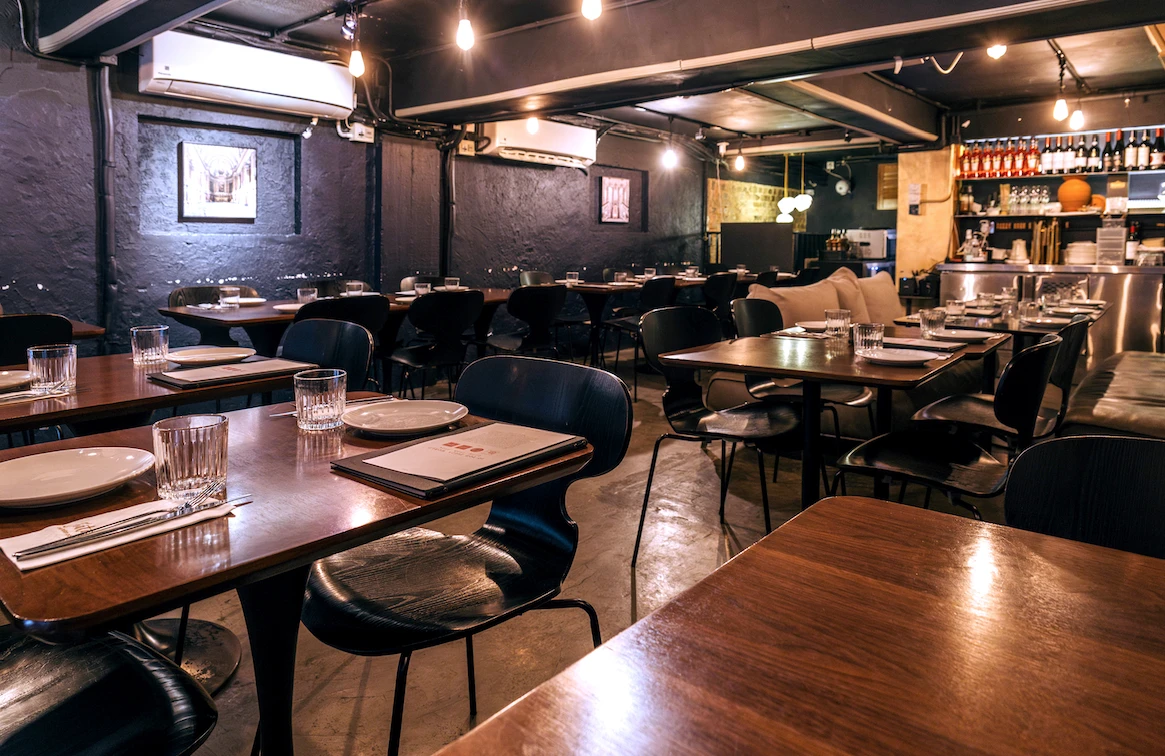
That project was Kytaly, Pepe’s first Asia outpost of his Geneva-based pizzeria, which was acclaimed as the best pizzeria in Asia by the 2019 edition of 50 Top Pizza. “I was supposed to stay for only one week to help with the opening and then leave. I arrived with one small luggage, eight kilos, but by the second day I had fallen totally in love with the city. I was 27, single, and I wanted to travel and enjoy life,” Fiata says. “And I loved Hong Kong – the people, the weather, how safe it was. So I stayed and we won the first award for the restaurant. Of course, when we won, he got all the credit.
Also see: Michelin-starred chef Junichi Yoshida launches Tingara at Intercontinental Danang
“But I wanted to prove whether it was me or the name Franco Pepe. So after Franco’s restaurant closed, I went back to London with my now wife, whom I met during those two years, because my visa had expired and I couldn’t renew it. Then we got married and as soon as I was issued my permanent visa we moved back. My plan was to look for a job at a pizzeria here, but a friend suggested we do something together instead of working for someone. So I said okay and that’s how Fiata started.”
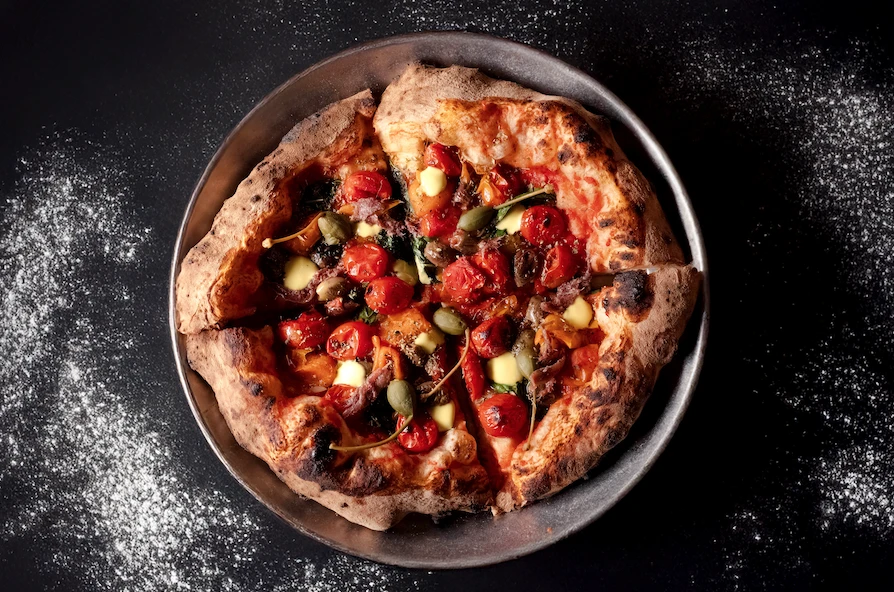
Located on Staunton Street in a cosy sliver of a space, Fiata is styled after a traditional pizzeria with exposed brick walls, plain dinnerware (“we break like 200 glasses per day so we buy the cheap ones”), and a familial ambience. It may not be the trendiest of joints, but you don’t come here for the Instagrammability. You come here for the food, and Fiata’s slice is excellent. There are some 20 pizza varieties on offer, from classics to specialities, like Fiata’s favourite Provola e Pepe – “the pizza of the pizza chefs”, he calls it – with smoked provola cheese, San Marzano DOP tomatoes and black pepper; and the best-selling Bronte 5.0, the latest iteration of his constantly evolving mortadella (his childhood favourite) pizza featuring pistachio, lemon, ricotta, semi-dried tomatoes and mortadella. The crust is fantastic – light, airy and a little bit tangy – with a sturdy bottom that gives over almost immediately to a springy interior. There are no puddles of grease, no bald patches of dough, no vexing bubbles or stray scorch marks. The whole thing has admirable structural integrity, succumbing neither to sag nor sog. The sauce is bright and fresh, and the toppings fresh and flavourful. There is never too much of anything – sauce, cheese or toppings – and never not enough.
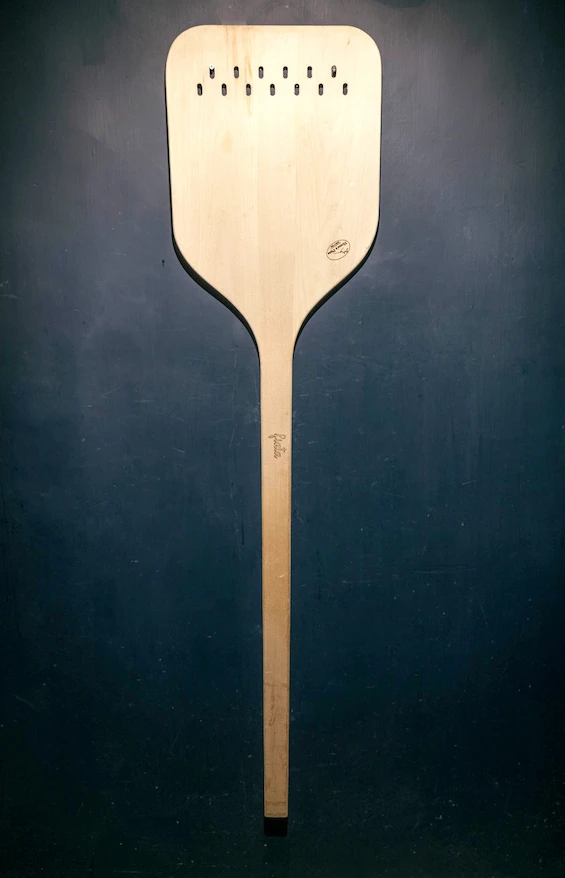
“The secret to my pizza is fresh, quality produce. Most of our produce comes from Italy every week and we’ll buy some vegetables and basil from the market every morning. They also have to be of good quality. You see the words ‘DOP’ on our menu a lot, which stands for ‘Denominazione di Origine Protetta’ or in English ‘Protected Designation of Origin’. It’s awarded to only the best products, basically,” says Fiata. “You also need to have balance – you don’t want to put so much of one product that it covers another. I put less cheese because I want to prioritise the flavour of the dough because it’s very good. You’ll also never feel super full or heavy after eating my pizza. Pizza is no heavier than pasta or steak. Pizza that’s made really well is healthy. I mean, mortadella isn’t healthy, but one margherita is fine. There’s a lot of fibre in the wheat and it doesn’t make you fat. There are actually fewer carbs in pizza than pasta. Of course, it’s all about moderation. It’s not good if I eat 10 pizzas in a week. But it’s also not good if I eat 20 kilos of salad every day.”
Of course, all that is nothing without good dough. “When I first started Fiata, my pizza was good, but not as good as now because I wasn’t yet used to working with Hong Kong’s humidity. Coming from Italy and Europe, we can leave the dough outside to rest for the night, which is around 18 to 20 degrees and that’s perfect. But here, it can go up to 30 degrees with 100 percent humidity, meaning if I leave the dough outside it’s going to explode and over-ferment. And this was definitely one of my first challenges,” Fiata says. “It took a lot of trial and error to get the dough right. Now I use ice to help regulate the temperature, and I’ll let my dough rest a bit less outside and a bit more in the fridge. I come in early every day to make the dough, like seven, because then I’ll have more time to get all the steps right and make better dough. My staff and customers joke how I’m always here at the shop and I never sleep, but this is why our pizza is good and why we are successful.”
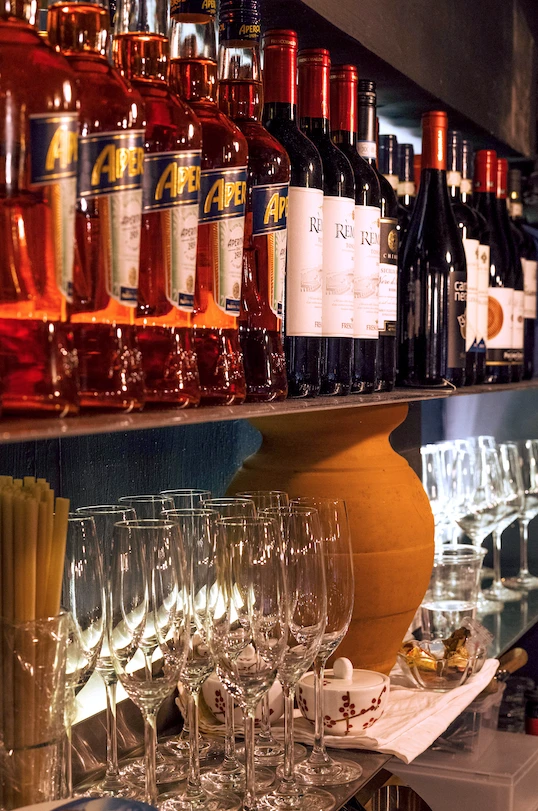
But to chalk up Fiata’s success to his pizza alone would be to take away from the hustle that got him here. “I consider myself very arrogant. I want to be the best. And that’s how I motivate myself to improve. Because if I think that Franco Pepe is the best, then I will always be lesser than. If I want to be better than Franco, I need to tell myself I can do it. I credit a lot of my success today to myself because I’ve never given up. I had an accident once when I was working in Milano. The oven exploded and the fire caught on my face and half my body. I was in the hospital for three months and the doctors told me I was very lucky. I was so scared to go back to work, but I didn’t give up.
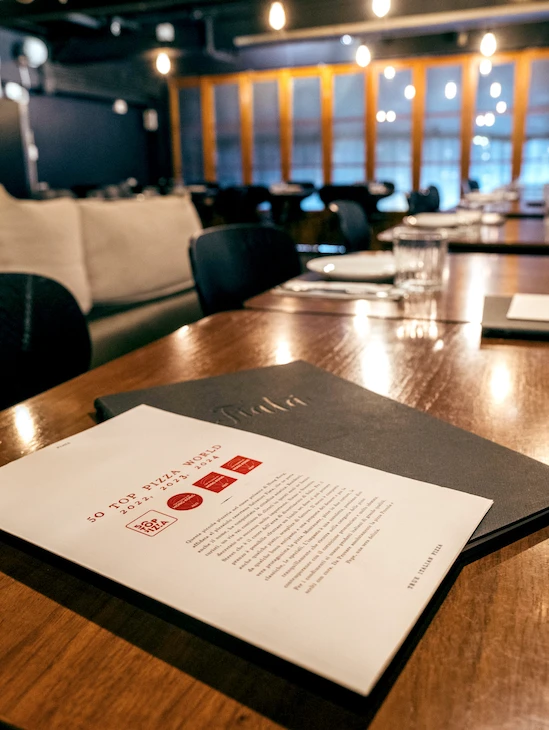
“I also have to give my thanks to everyone. I couldn’t have done this without them. All of our staff now have been with us since our opening, which is quite rare in Hong Kong. So we’re successful because we work together as a team and we work hard. My wife tells me to take some time off to rest but I always say no. I want to be here. Whenever we serve a pizza, the first reaction we get from our guests is ‘Wah, wah. Amazing. Beautiful!’ and then they’ll take out their phone to take pictures. And this is the meaning of pizza: happiness. And to see my guests enjoying my pizza makes me happy too. That is what
I love most about what I do.
Also see: Roganic Hong Kong reopens with a refreshed look and new menu direction




